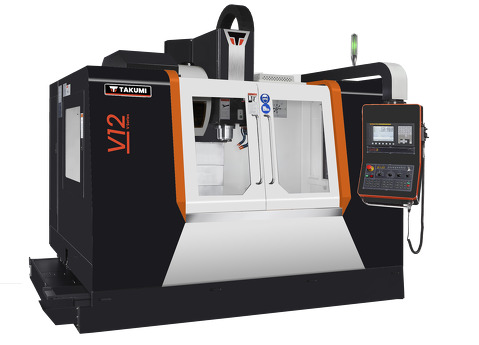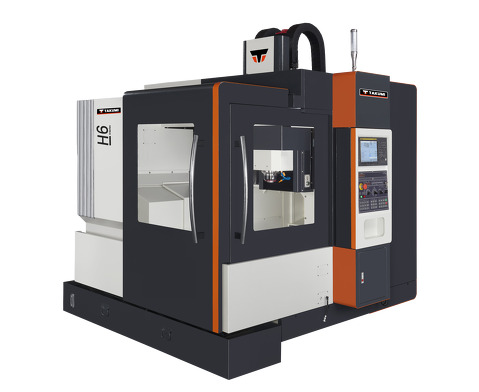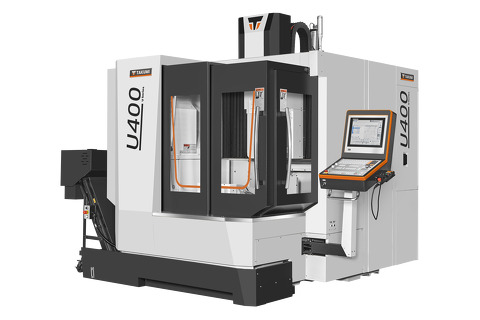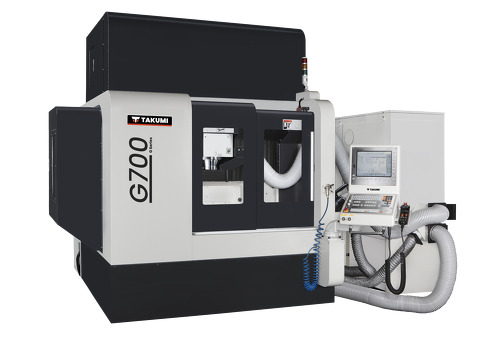- Machining center
- Control
- News & Media
- Company
- Blog
- Contact
How to Optimize Your Projects with High Speed CNC Machining Techniques
In today's fast-paced manufacturing landscape, the demand for precision and efficiency has led to the widespread adoption of high speed CNC machining techniques. These advanced methods not only enhance productivity but also ensure superior quality in the production of complex components. As businesses strive to maintain a competitive edge, optimizing projects through high speed CNC machining becomes essential.
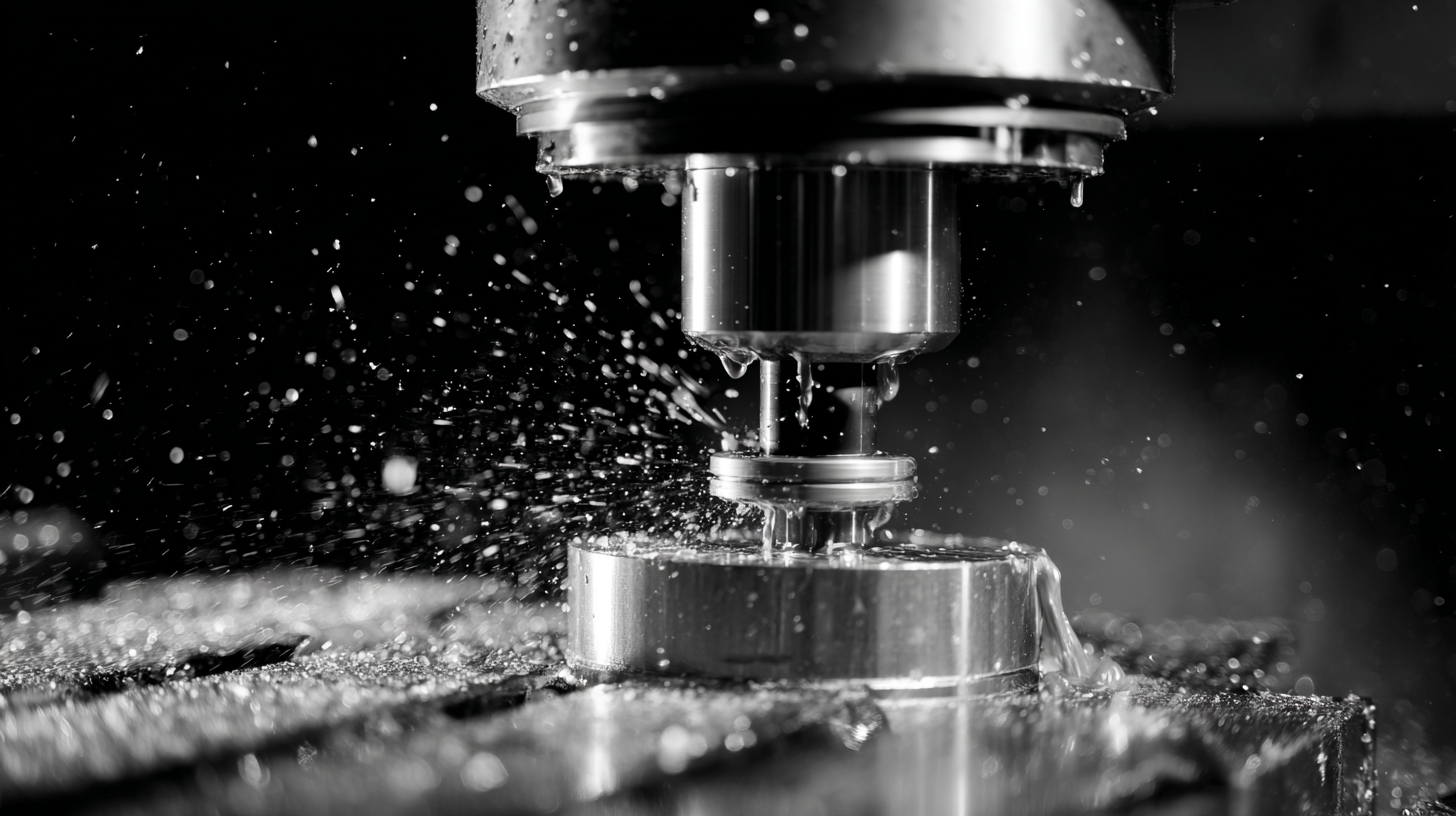
This introduction will delve into the key strategies and best practices for maximizing the benefits of high speed CNC machining, including the selection of appropriate materials, tooling innovations, and process integration. By understanding how to leverage these cutting-edge technologies effectively, manufacturers can achieve remarkable improvements in turnaround times and cost management, ultimately driving greater profitability and customer satisfaction in their projects.
Understanding High-Speed CNC Machining Techniques
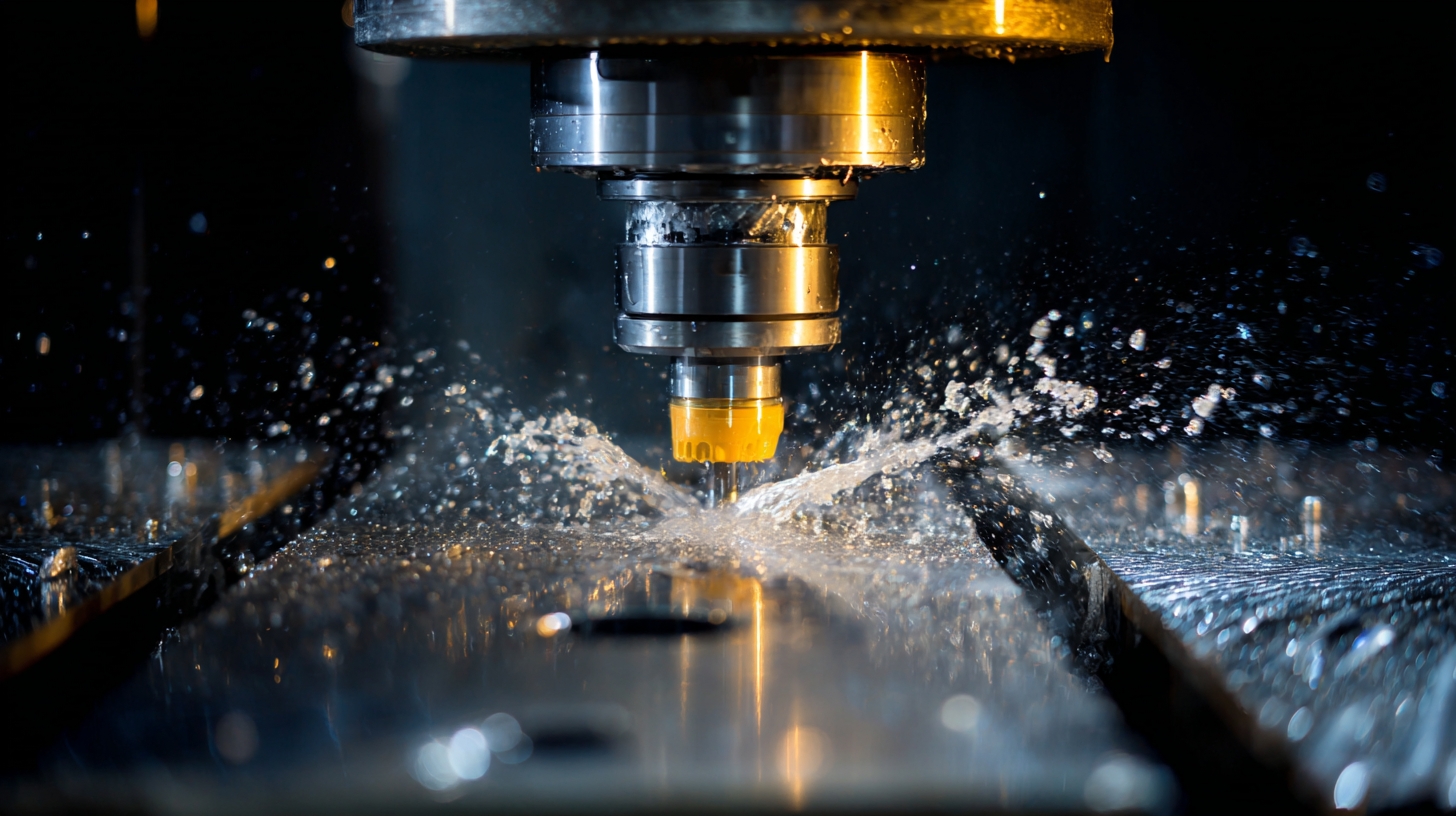 High-speed CNC machining techniques are revolutionizing modern manufacturing, particularly in the realm of high precision and efficiency. With the global CNC machine market projected to grow significantly in the coming years, advancing these techniques can empower industries to meet growing demands. High-speed machining enables manufacturers to achieve faster production rates while maintaining impressive levels of accuracy. This is especially crucial in sectors like aerospace, where intricate components require both precision and optimal performance.
High-speed CNC machining techniques are revolutionizing modern manufacturing, particularly in the realm of high precision and efficiency. With the global CNC machine market projected to grow significantly in the coming years, advancing these techniques can empower industries to meet growing demands. High-speed machining enables manufacturers to achieve faster production rates while maintaining impressive levels of accuracy. This is especially crucial in sectors like aerospace, where intricate components require both precision and optimal performance.
To optimize your projects utilizing high-speed CNC machining techniques, consider implementing dual NURBS curve interpolation for superior path planning. This approach enhances accuracy in five-axis machining, allowing for refined control over the machining process. Furthermore, leveraging innovative tool coatings can boost performance, particularly in challenging materials like INC 718 alloy. These advancements lead to reduced friction and improved tool life, making the manufacturing process not only faster but also more sustainable.
Tips: Always assess your machining parameters to find the ideal balance between speed and precision. Regular maintenance of CNC equipment is crucial to avoid downtime, and integrating machine learning models for predictive analysis can significantly improve operational efficiency. Embracing these high-speed CNC machining techniques can pave the way for successful and optimized manufacturing projects.
Key Benefits of Implementing High-Speed CNC in Your Projects
High-speed CNC machining has become a game-changer in the manufacturing industry, offering several key benefits that can significantly enhance project outcomes. One of the primary advantages is increased productivity. By utilizing advanced tooling and optimized cutting speeds, high-speed CNC machines can complete tasks in considerably less time compared to traditional machining methods. This efficiency allows businesses to meet deadlines and fulfill larger orders without compromising quality, ultimately leading to enhanced customer satisfaction.
Another crucial benefit is improved precision and surface finish. High-speed machining employs sophisticated technology that minimizes vibration and increases accuracy, resulting in components with tighter tolerances and finer details. This level of precision not only reduces the need for extensive post-processing but also contributes to better product performance and longevity. Additionally, the ability to produce complex geometries with ease enables manufacturers to innovate and expand their offerings, paving the way for competitive advantages in their respective markets.
Essential Tools and Equipment for High-Speed CNC Machining
High-speed CNC machining has revolutionized the manufacturing landscape, significantly enhancing productivity and precision. Essential tools and equipment play a critical role in harnessing the full potential of high-speed machining. Core components include high-performance spindle systems, which can operate at speeds exceeding 60,000 RPM, and offer superior efficiency in metal removal. According to a report by the American Machining Association, using optimized spindle technology can increase processing speeds by up to 75%, thereby reducing cycle times and operational costs.
Additionally, the choice of cutting tools is paramount. Advanced materials such as carbide and ceramic composites are favored for their durability and heat resistance. Research from the International Journal of Machine Tools and Manufacture shows that utilizing ultrafine-grain carbide tools can extend tool life by 30% compared to standard options, while maintaining a high feed rate. Furthermore, incorporating cutting-edge software solutions for toolpath optimization can lead to significant gains. By simulating machining processes, manufacturers can identify bottlenecks and adjust parameters, achieving up to 40% improvements in machining efficiency. Collectively, the right tools and strategic implementations can transform project outcomes in high-speed CNC machining.
Best Practices for Optimizing CNC Machining Workflow
To optimize CNC machining workflow, it's essential to start with a well-defined project plan that outlines each phase of the machining process. Begin by selecting the right materials and tools based on the specific requirements of your design. Using high-quality tooling and optimizing tool paths can significantly reduce machining time and improve overall efficiency. Implementing advanced software solutions for simulation and programming can also help identify potential issues before production begins, leading to smoother operations.
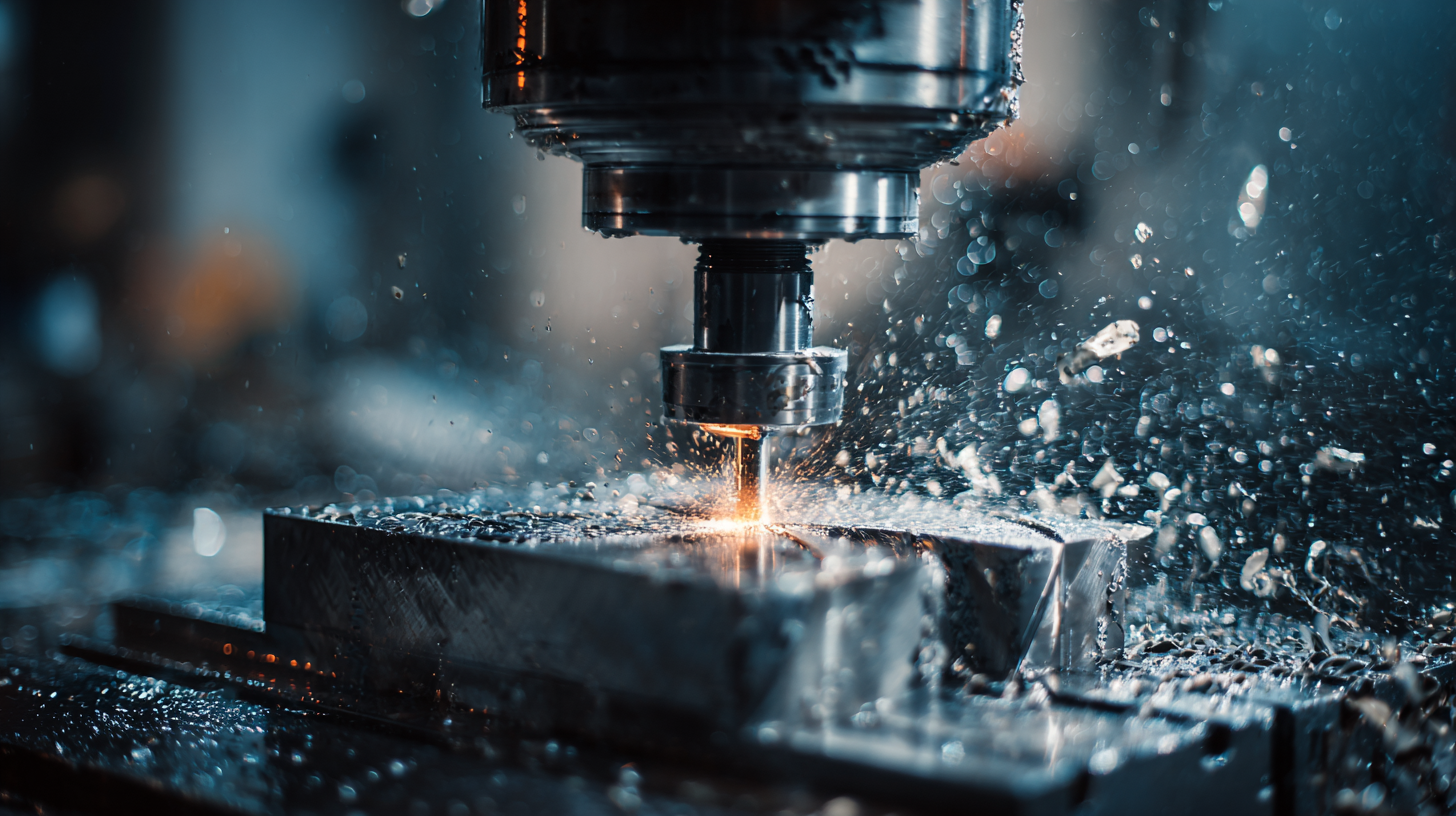
Another crucial aspect is maintaining your CNC machines diligently. Regular maintenance ensures consistent performance and minimizes downtime. Establish a routine check for calibration and wear on tools, which can affect precision and lead to scrap parts. Additionally, train your team on best practices for setup and operation, fostering a culture of continuous improvement. By encouraging feedback and regularly reviewing your processes, you can adapt and refine your workflow, leveraging the advantages of high-speed CNC machining techniques effectively.
Common Challenges and Solutions in High-Speed CNC Machining
High-speed CNC machining offers significant advantages in terms of efficiency and precision, but it also comes with common challenges that can impact project outcomes. According to a report by the National Institute of Standards and Technology, around 30% of CNC machining projects encounter issues related to tool wear and thermal deformation. These problems arise primarily due to the increased speeds and feeds, which can lead to heightened friction and temperature, affecting both the tool life and the quality of the machined parts.
To address these challenges, implementing advanced cooling techniques and selecting the right tool materials is essential. For instance, using high-performance carbide tools can reduce tool wear significantly, as they are designed to withstand the higher thermal stresses encountered during high-speed operations. Additionally, the introduction of optimized coolant systems can help maintain lower temperatures, thus improving tool longevity and maintaining dimensional accuracy. Industry studies indicate that companies which invest in proper tooling and cooling strategies can experience productivity gains of up to 25%, underscoring the importance of tackling these common issues head-on for successful project optimization.
Related Posts
-
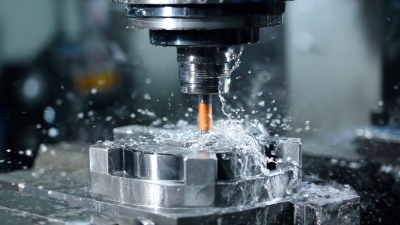
5 Reasons High Speed CNC Machining Can Boost Your Production Efficiency by 50 Percent
-
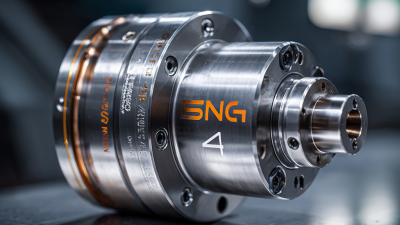
Exploring the Future of Best High Speed CNC Machining Innovations for 2025
-
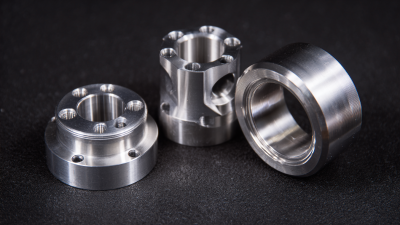
7 Secrets to Finding the Best CNC Precision Machining Suppliers Worldwide
-
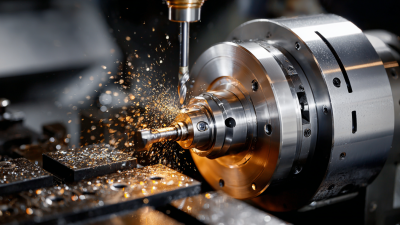
Ultimate Comparison of Top Providers for Best CNC Precision Machining
-
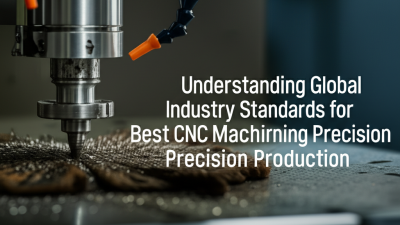
Understanding Global Industry Standards for Best CNC Machining Precision Production
-

Your Ultimate Guide to Mastering CNC Precision Techniques for Superior Manufacturing
